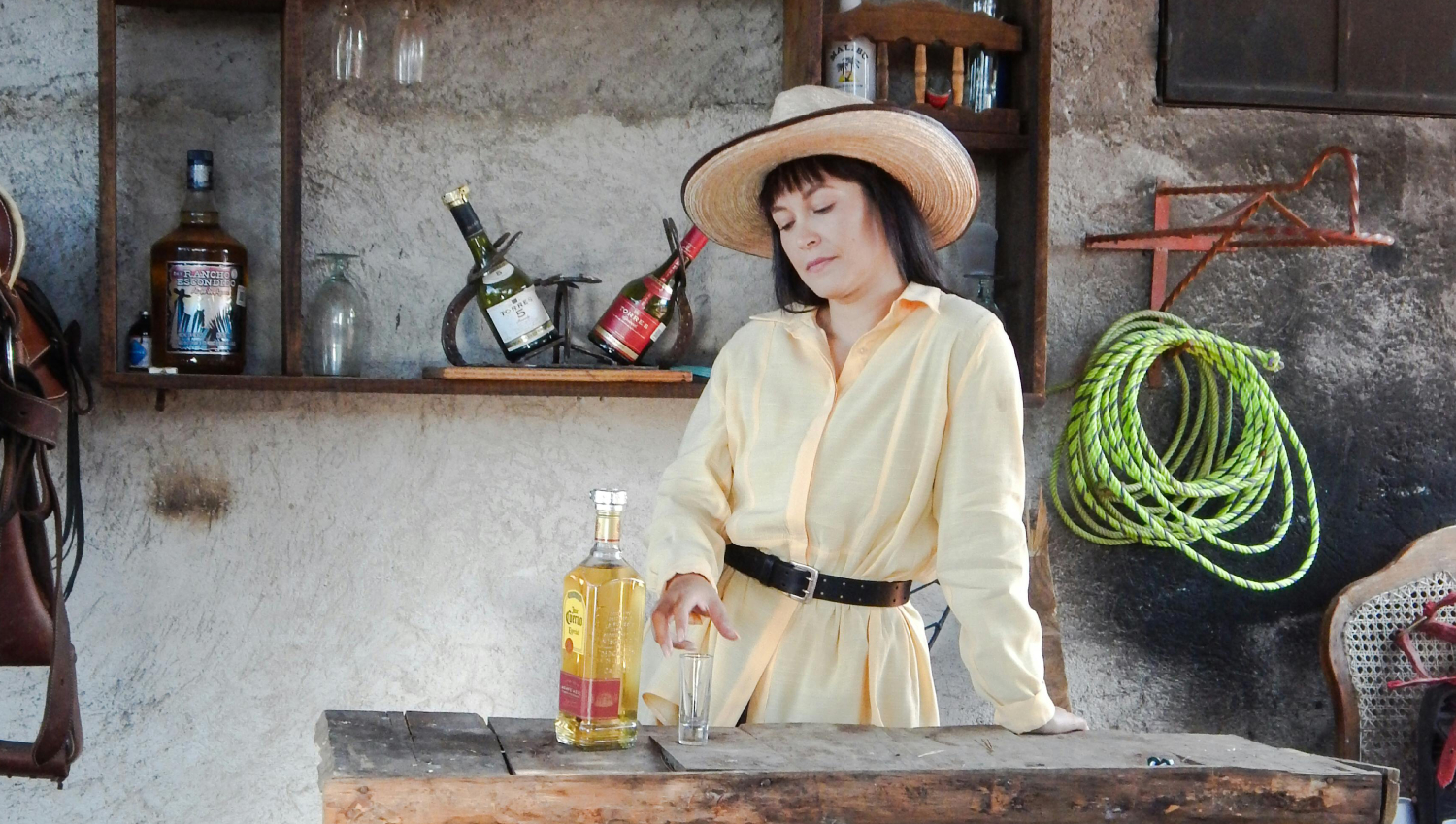50 Years of the Tequila Designation of Origin: Tradition and Flavor in Puerto Vallarta

This year marks the 50th anniversary of the Tequila Designation of Origin, a milestone that has helped protect and elevate the identity of this iconic drink worldwide.
Now recognized as one of the cultural symbols of our country, tequila is essential to practically any celebration, and here in Puerto Vallarta, it’s the perfect destination to enjoy and learn about the complexity that lies in every sip.
Tequila: A Protected Symbol
Tequila is made exclusively from the fermentation and distillation of sugars extracted from the Agave Tequilana Weber Blue Variety. Only regions protected by the Designation of Origin can produce it, ensuring that every bottle of tequila meets strict quality standards, preserving its authenticity and unique character.
Although blanco, reposado, and añejo tequilas all share the same agave base, each type undergoes its own aging process and has distinct organoleptic characteristics, making tequila a versatile drink for different occasions and pairings.
How to Conduct a Tequila Tasting
For tequila enthusiasts or those looking to deepen their appreciation for this drink, a tasting experience awakens the senses and reveals tequila’s true essence.
A tequila tasting is done in three stages:
Visual Stage: The first step is to observe the tequila in a tequilero or Riedel glass, specifically designed to highlight its qualities. Depending on the type, colors range from crystalline to deep gold. When swirling the glass, observe the “tears” or “legs” the tequila leaves on the sides, indicating its body and consistency.
Olfactory Stage: Here is where tequila begins to reveal its true complexity. Bringing the glass to your nose, you can detect aromas ranging from fresh and herbal in blanco tequilas to woody, vanilla, and spicy notes in añejos. Each type of tequila offers a unique aromatic palette that reflects its production process.
Gustatory Stage: Finally, the peak moment of the tasting arrives when the tequila touches your taste buds. The mouthfeel depends on the type of tequila: blanco tends to be more vibrant and straightforward, while añejo is smoother and more robust. A good tip is to take a small sip before the main taste to “prepare” the palate and allow the flavors to expand.
Pairings that Enhance the Experience
In Puerto Vallarta, known for its outstanding culinary offerings, pairing tequila with food is an art in itself. Local restaurants and bars, many with ocean views, provide the opportunity to pair quality tequila with dishes that elevate its flavor.
Tequila Blanco: This young and vibrant tequila, with herbal and citrus notes, pairs ideally with fresh seafood, ceviches, and light salads. The freshness of these dishes complements the sharp, refreshing flavors of blanco tequila.
Tequila Reposado: After aging for at least two months in oak barrels, reposado develops a softer and more complex character. Pairing it with red meats, dishes with rich sauces, or even a regional mole is a combination that enhances both the food and the tequila.
Tequila Añejo: After resting for over a year, añejo takes on a deep amber color and intense flavors of dried fruit, spices, and honey. Dark chocolate, sophisticated desserts, or even aged cheeses make every sip of añejo a truly unforgettable culinary experience.
Puerto Vallarta: A Tequila Destination
In every corner of Puerto Vallarta, from traditional restaurants to modern bars, tequila is the star of many experiences. Whether enjoyed on its own or with a special pairing, this drink invites you to savor Mexico’s rich cultural and historical heritage.



Comments